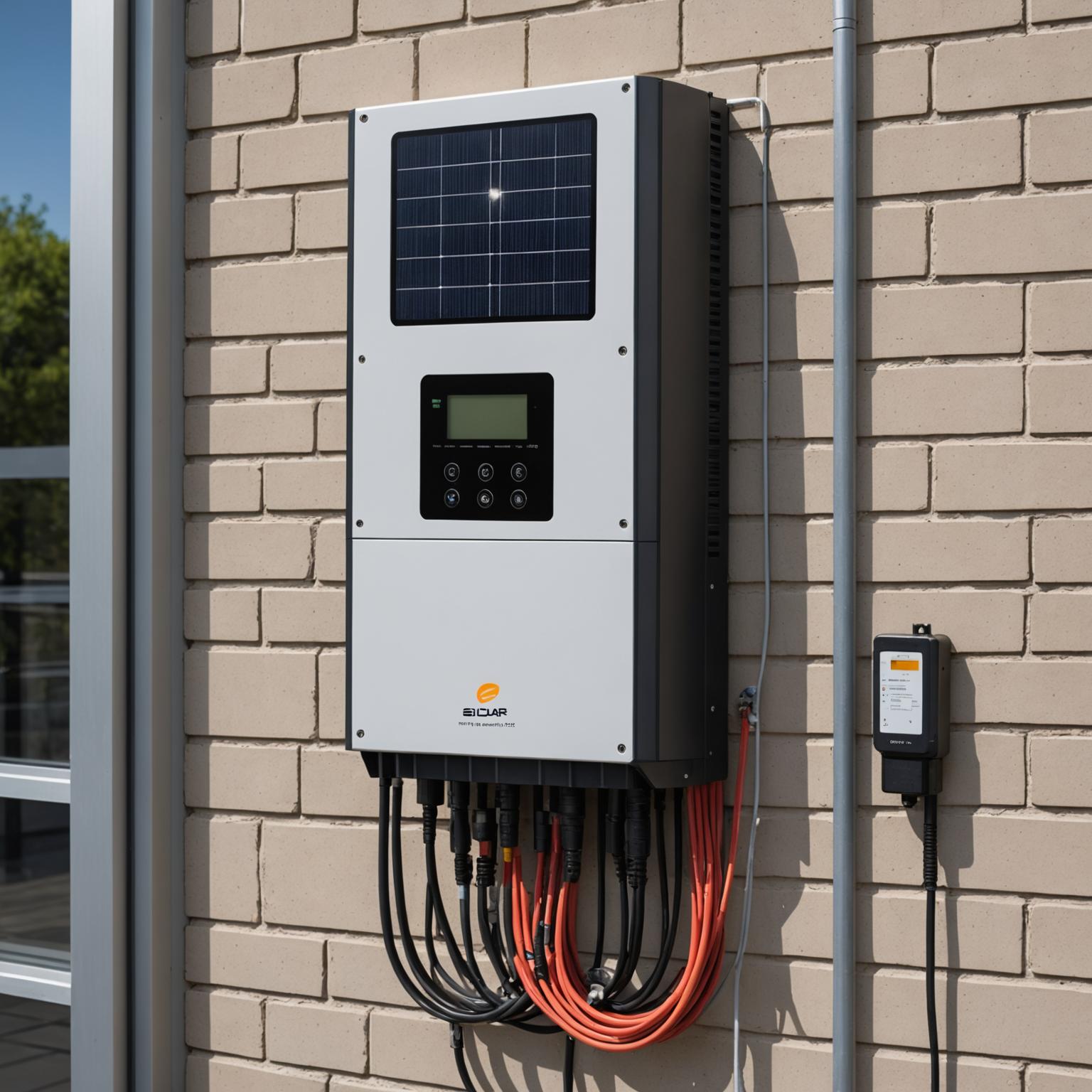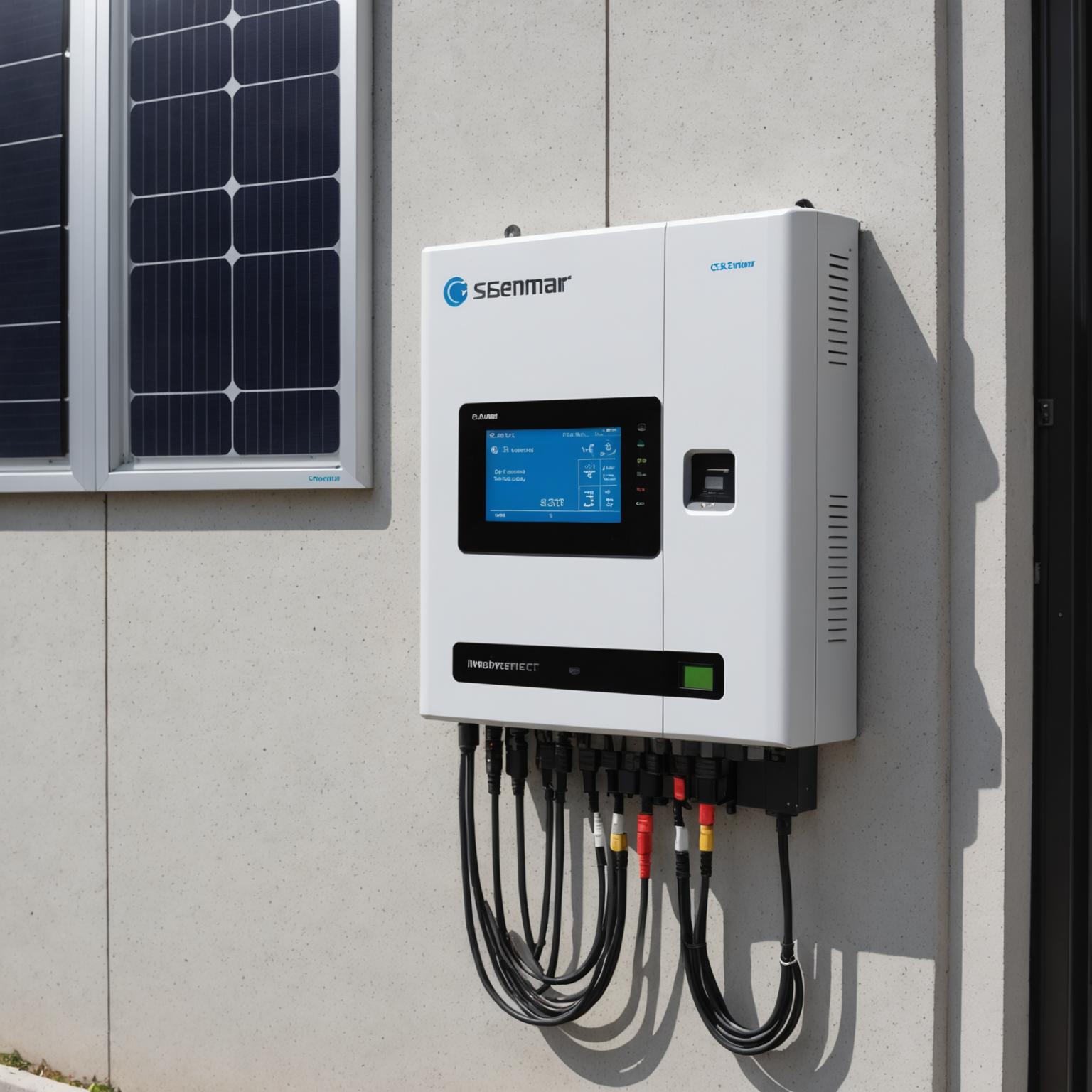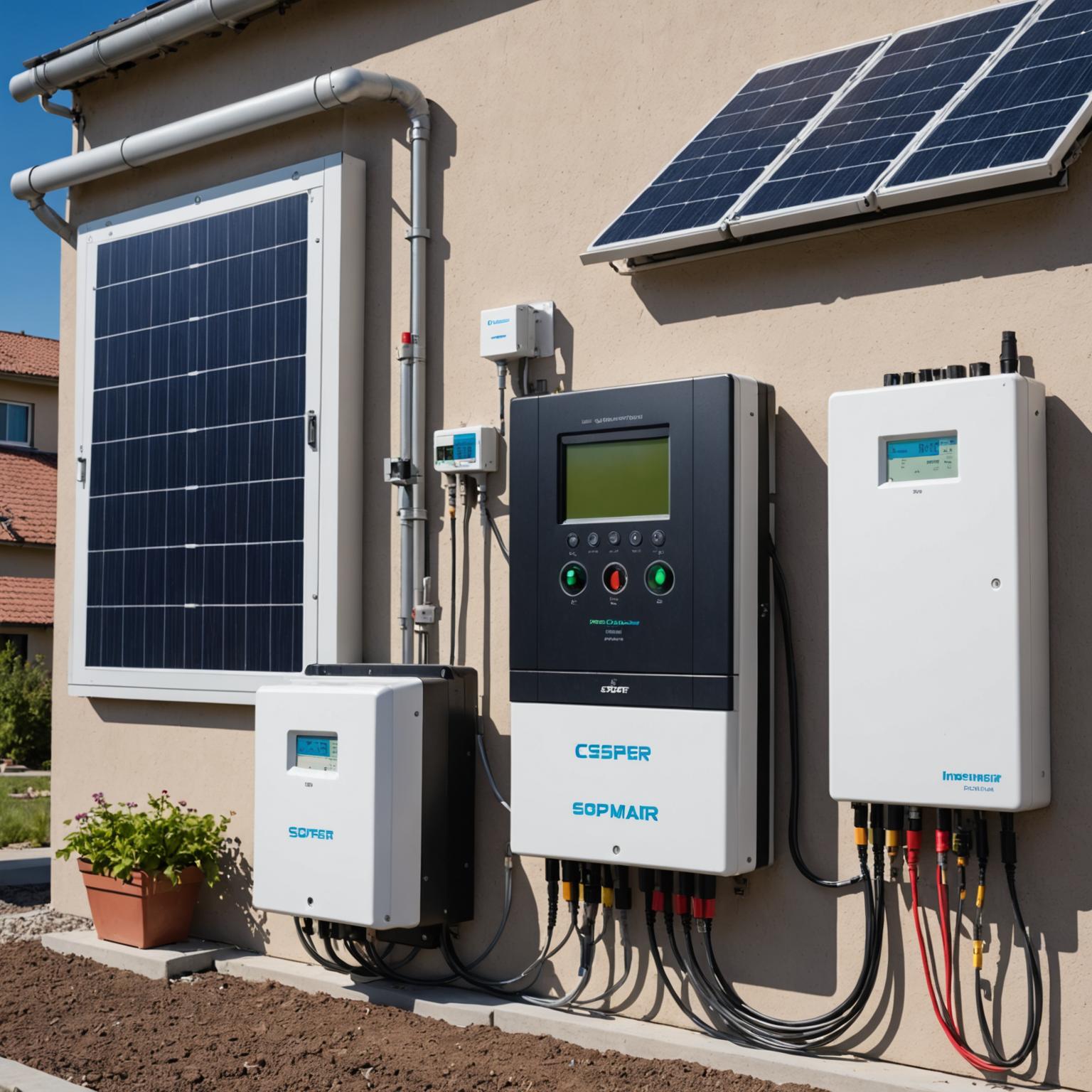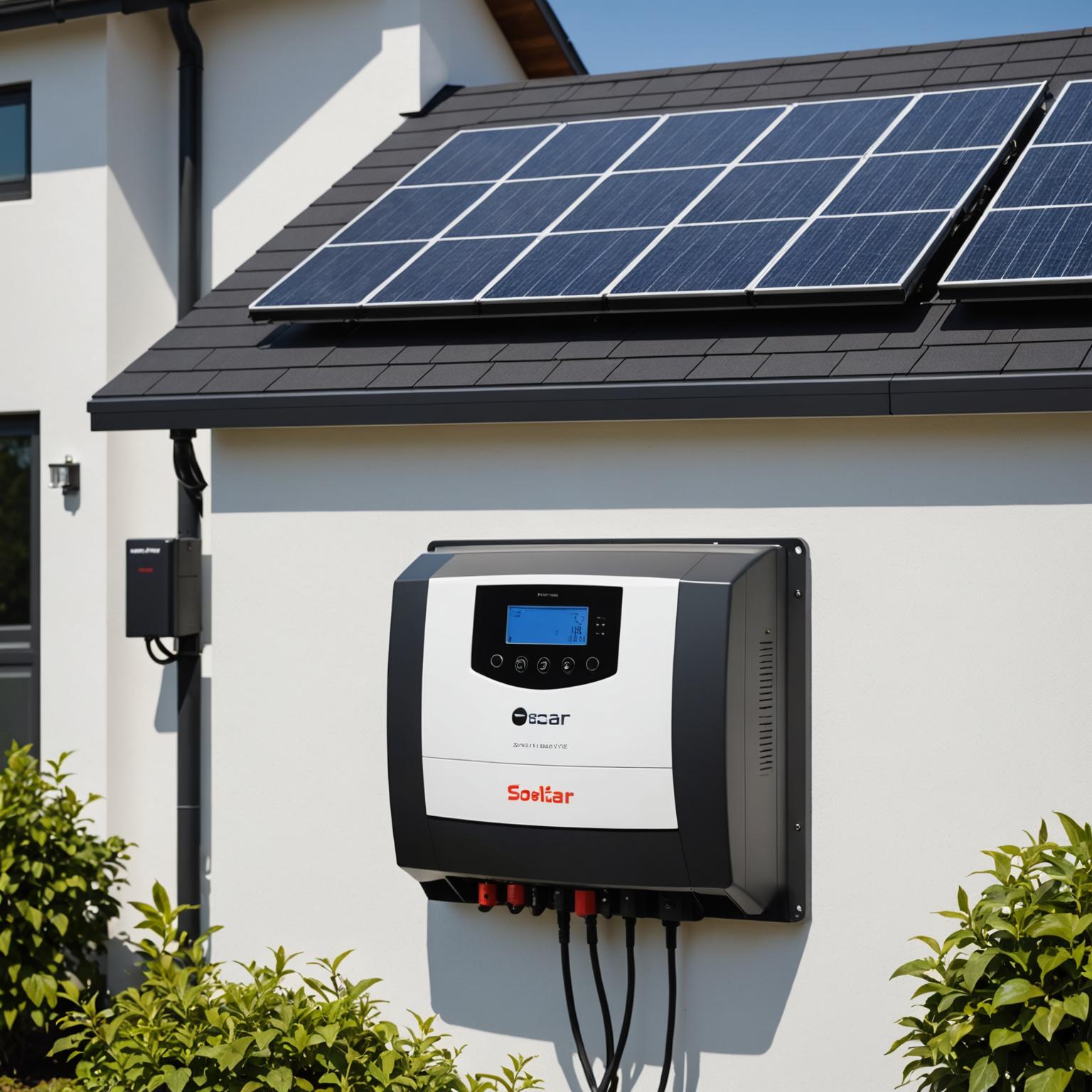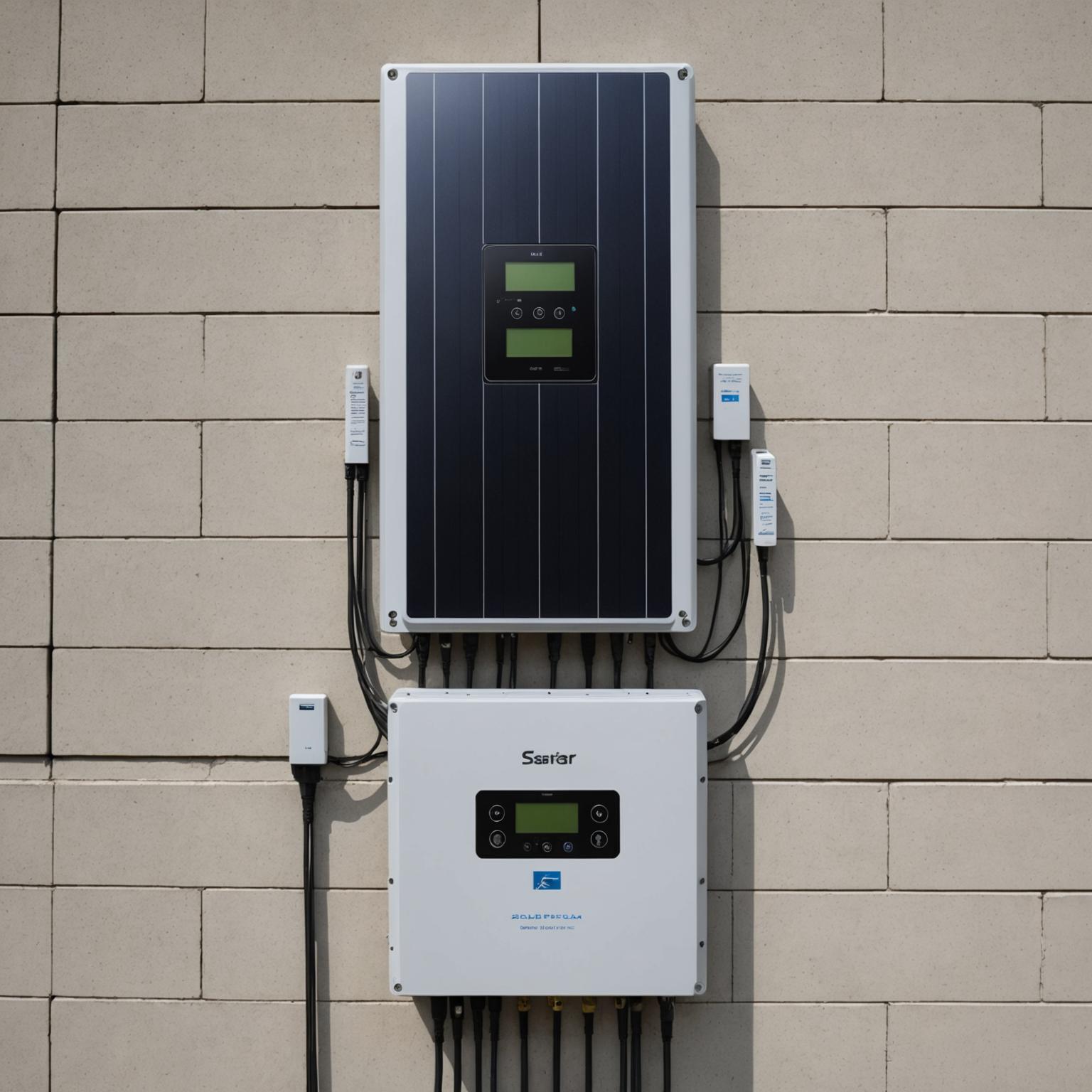
Engineering Reliability: Inside the Work of a Solar Inverters Manufacturer
The global transition to renewable energy depends on one unassuming but essential device — the solar inverter.
It is the core of every photovoltaic system, converting direct current (DC) from panels into alternating current (AC) for grid or battery use.
Behind this transformation lies a highly specialized industrial discipline: the solar inverters manufacturer, where every watt of power is defined by precision, stability, and testing integrity.
As renewable capacity expands, so does the complexity of inverter production. Each market demands not only high efficiency but also strict compliance with safety and communication standards.
Manufacturers must therefore balance three goals — performance, reliability, and adaptability — across vastly different project types.
Manufacturing Logic: How Quality Is Engineered, Not Inspected
A genuine solar inverters manufacturer builds quality into every production layer rather than relying on post-assembly testing.
This “design-in reliability” approach involves three key pillars:
-
Precision Circuit Integration
Automated SMT and AOI inspection ensure accurate component placement with minimal human error. -
Thermal Management Systems
High-density heat sinks and intelligent fans maintain stable performance in 50°C+ outdoor conditions. -
Dynamic Simulation Testing
Each inverter undergoes load fluctuation and short-circuit simulation to verify real-world endurance.
Instead of batch-based sampling, advanced factories now use 100% traceable validation, linking every unit’s serial number to digital production data.
This transparency allows predictable performance across thousands of installations.
Comparing Manufacturing Tiers
| Category | Entry-Level Manufacturer | Advanced Manufacturer |
|---|---|---|
| Assembly | Semi-manual, limited automation | Fully automated SMT & wave soldering lines |
| Testing Method | Random batch tests | Continuous digital validation |
| Efficiency | 94–96% | 98.5–99% conversion efficiency |
| Thermal Design | Passive heat sinks only | Intelligent air-flow & liquid cooling |
| Firmware Update | Manual | Remote OTA upgrade support |
| Certifications | Basic local compliance | CE, UL, IEC, ISO 9001, ISO 14001 |
This distinction highlights a crucial truth: advanced manufacturing doesn’t just improve efficiency—it reduces field failure rates and total cost of ownership (TCO) across the inverter’s 10–15 year lifespan.
Inside the Factory: Process Flow from PCB to Power Output
-
Component Sourcing – All electronic parts undergo supplier audits, ensuring consistent quality and traceability.
-
SMT Line Assembly – Automated soldering ensures precise placement of MOSFETs, IGBTs, and control boards.
-
In-Circuit Testing (ICT) – Confirms that each board operates within microsecond-level response tolerances.
-
Burn-in Test (72h) – Units run under full load at elevated temperature to identify early component failures.
-
Calibration and Firmware Loading – Each unit receives a unique software ID for future OTA updates.
-
Final Packaging – Products are vacuum-sealed with moisture indicators to ensure safety in global transport.
These steps ensure that the inverter’s rated efficiency, power factor, and harmonic distortion (THD) meet both global standards and real-field requirements.
Technical Innovation and Product Differentiation
Modern manufacturers focus not only on conversion efficiency but also on intelligence, connectivity, and energy management.
Some of the latest advancements include:
-
AI-based MPPT tracking, improving yield by up to 3% under shading conditions.
-
Smart-grid compatibility, enabling frequency regulation and reactive power support.
-
Integrated communication modules supporting Modbus, CAN, and Wi-Fi.
-
Hybrid compatibility, allowing seamless PV + battery + generator coordination.
-
Modular architecture, simplifying maintenance and scaling for multi-MW projects.
These features transform inverters from passive devices into active energy managers, aligning with the broader evolution of digital power systems.
Applications Across Energy Scales
Solar inverters serve a wide spectrum of installations, each with distinct engineering demands:
-
Residential Systems: Prioritize quiet operation, compact design, and safety.
-
Commercial Buildings: Focus on grid stability, monitoring, and power factor correction.
-
Industrial Parks: Require high surge tolerance and scalable hybrid functionality.
-
Utility-Scale Projects: Demand advanced cooling, remote monitoring, and redundancy.
By maintaining multiple product lines — single-phase, three-phase, and hybrid — manufacturers support integrators across all project tiers.
How to Evaluate a Reliable Solar Inverters Manufacturer
For EPC contractors, distributors, and energy developers, choosing the right manufacturer can determine long-term project success.
Below are practical, verifiable indicators of a dependable partner:
| Evaluation Factor | Why It Matters | What to Verify |
|---|---|---|
| Certification Portfolio | Enables global market access | CE, UL, IEC, ISO docs |
| Process Transparency | Ensures traceable quality | Production logs or test reports |
| Thermal Design Validation | Extends inverter lifespan | High-temp burn-in data |
| Firmware Ecosystem | Reduces downtime | OTA updates, hybrid modes |
| Support Infrastructure | Enhances reliability | Regional service partners |
Additional indicators include consistent component sourcing, integration of ERP/QMS systems, and in-house R&D capacity — all signals of a mature manufacturing ecosystem.
Frequently Asked Questions
Q1: How long should a manufacturer test inverters before shipment?
Leading factories conduct a minimum of 72-hour burn-in tests under full load and thermal stress conditions.
Q2: What efficiency can be expected from high-end solar inverters?
Top-tier models typically achieve 98.5–99% conversion efficiency with <3% harmonic distortion.
Q3: How does firmware influence inverter performance?
Firmware determines MPPT tracking, grid synchronization, and protective responses — it’s the “digital engine” of the inverter.
Q4: What’s the standard warranty period from reliable manufacturers?
Typically 5–10 years, with options to extend to 15 years under maintenance agreements.
Q5: How do manufacturers ensure global compatibility?
Through modular firmware and compliance with multiple regional certifications, ensuring plug-and-play deployment worldwide.
Manufacturing the Future of Renewable Energy
The evolution of the solar inverters manufacturer reflects the broader energy transition: precision manufacturing, transparent data, and global compliance now define competitiveness more than price alone.
At Thlinksolar, every stage of design and assembly embodies these principles — engineering reliability, scalability, and sustainability for a global energy future.
To learn more about inverter production capabilities or explore OEM cooperation, visit the Thlinksolar homepage or reach us through the contact page.
